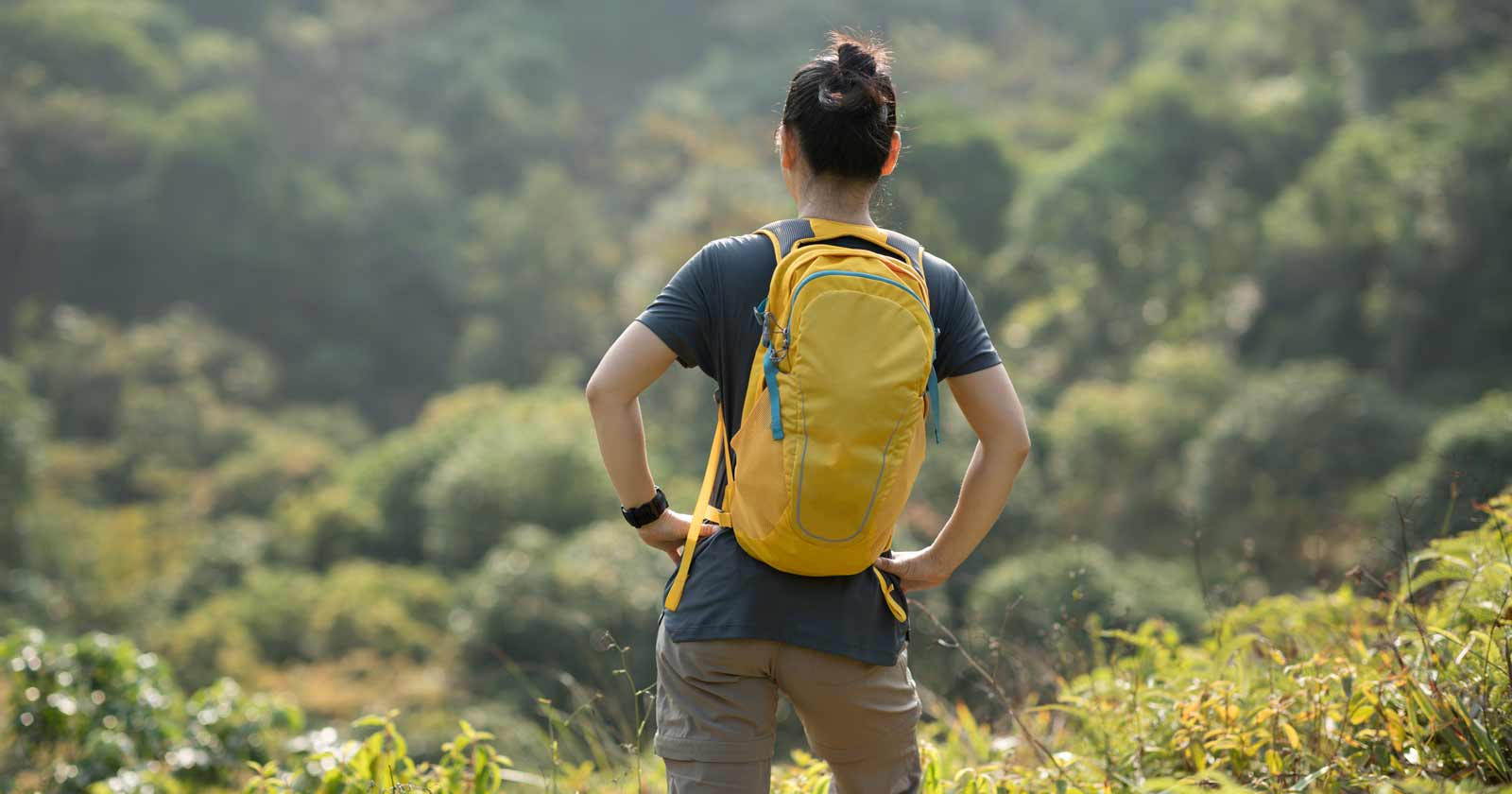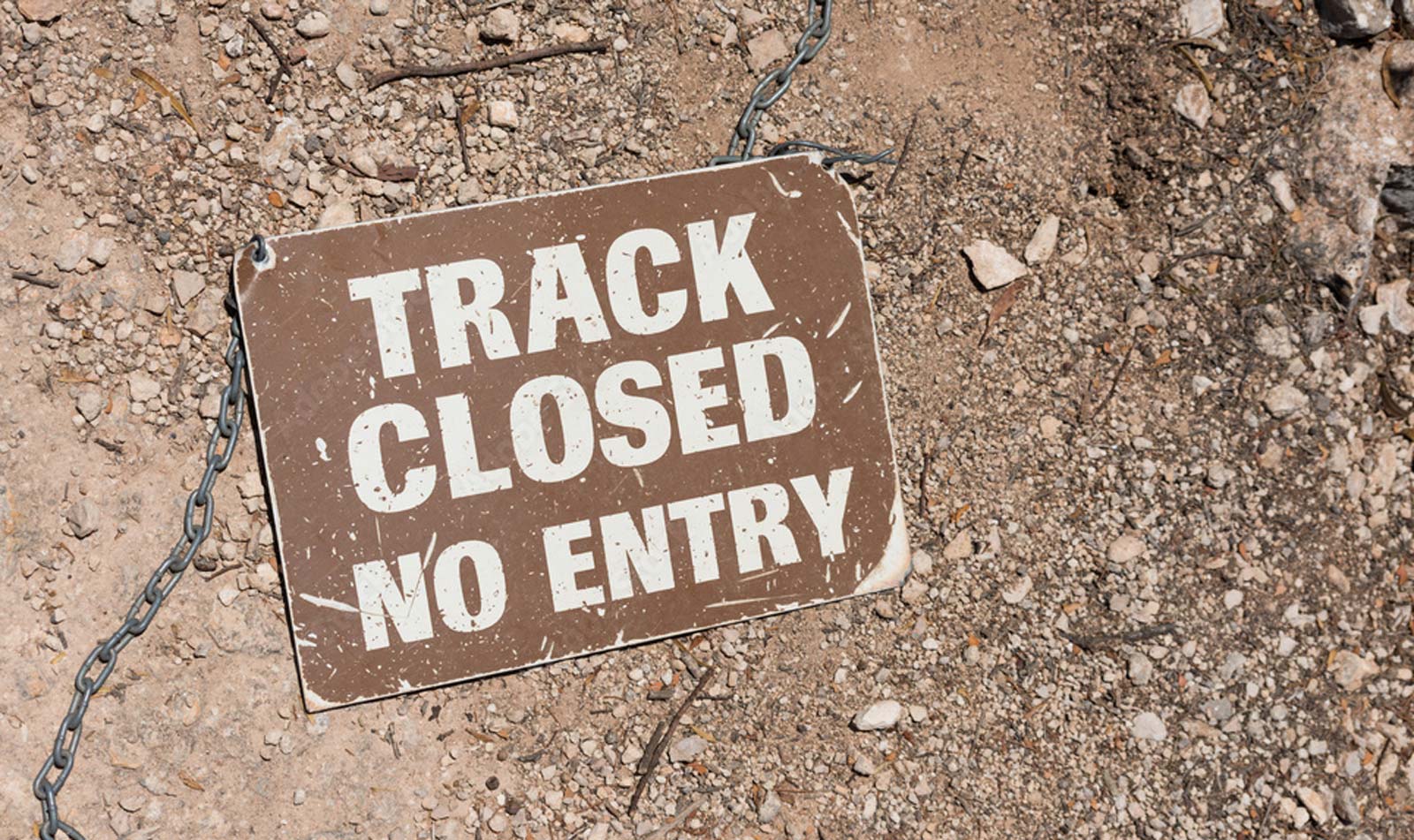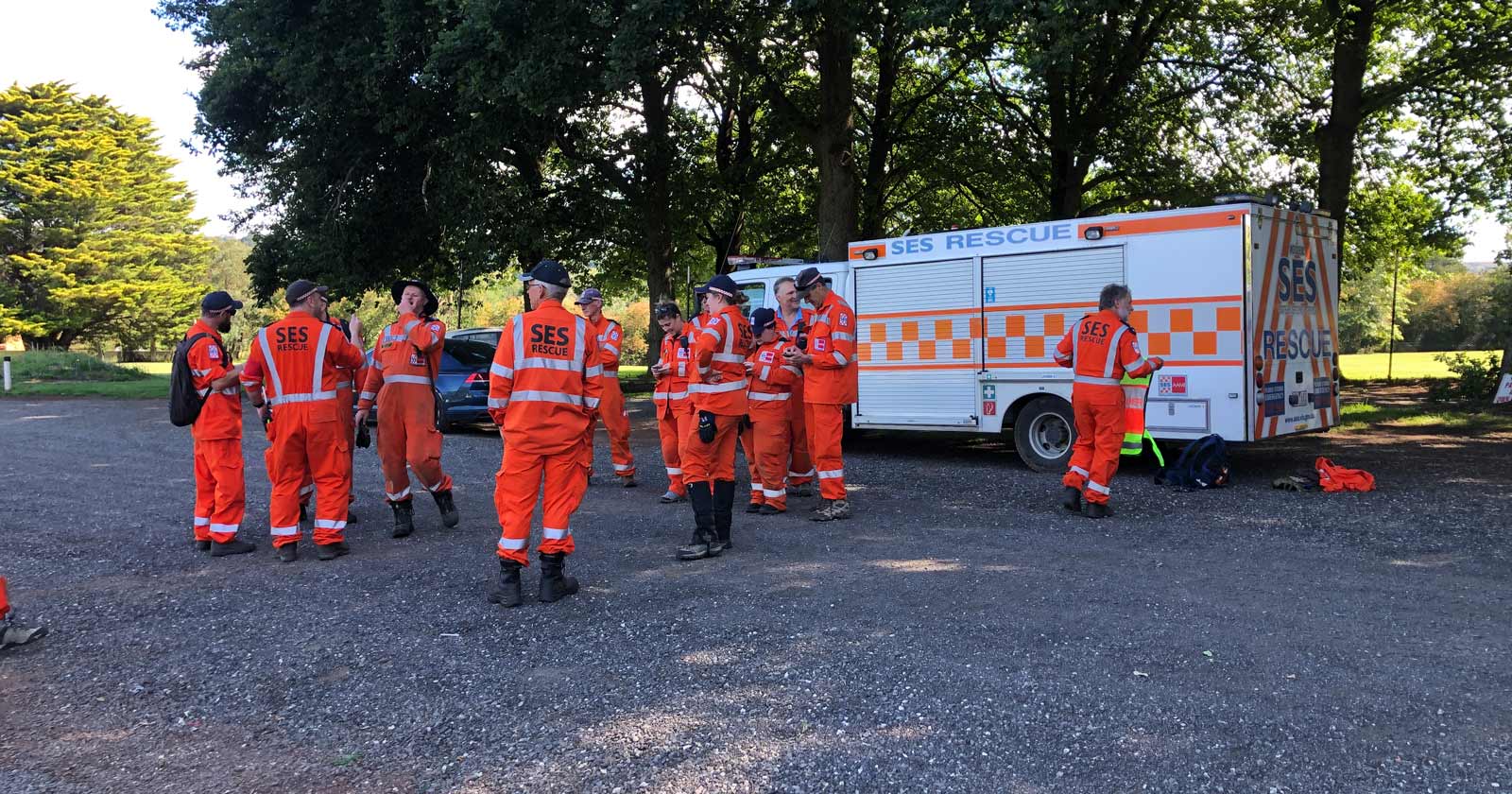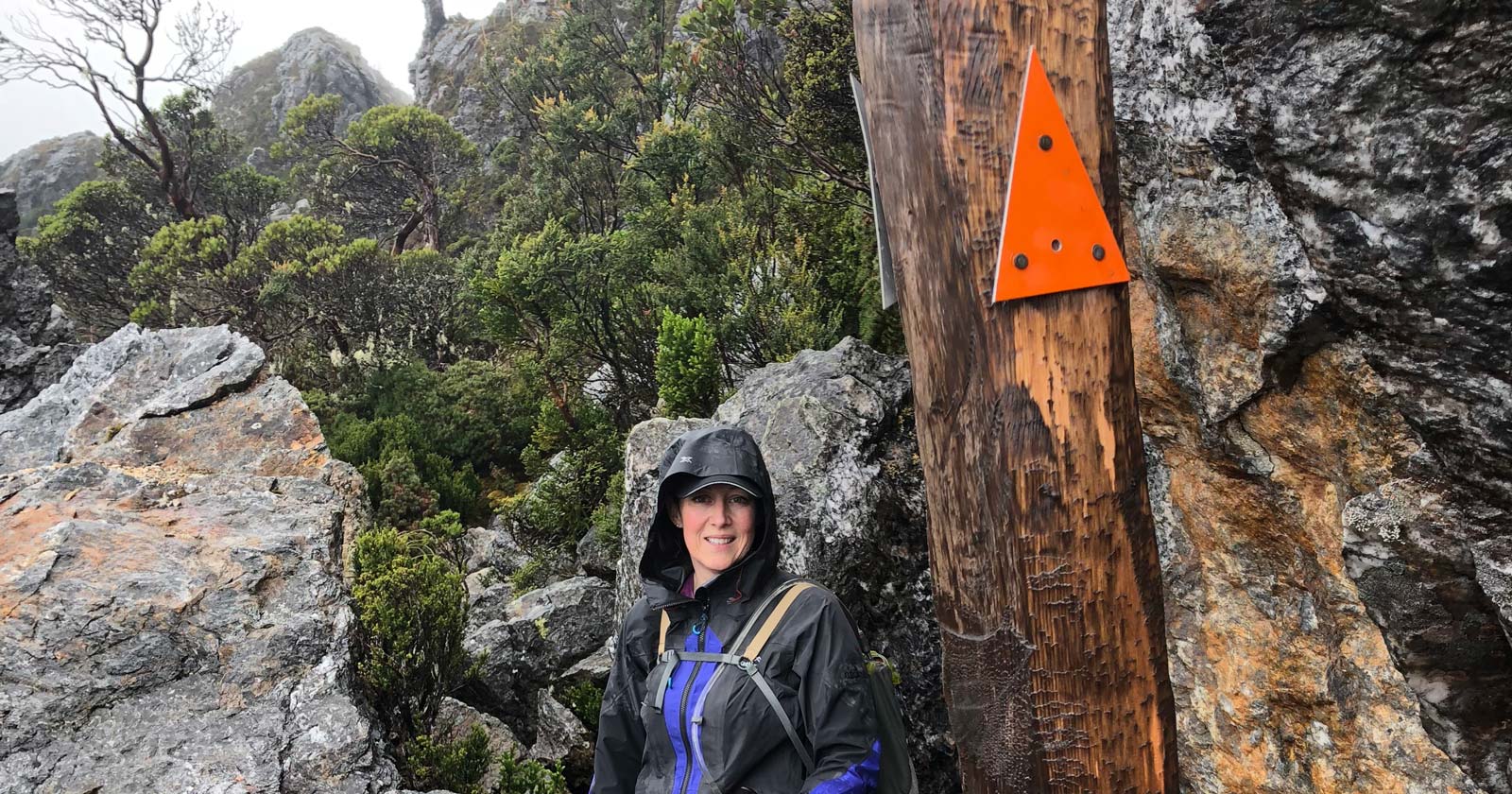Hiking in Australia: A Guide to Safety and Navigation
Hiking in Australia offers a unique opportunity to immerse yourself in the country’s breathtaking natural landscapes. Whether you’re planning a leisurely day hike or a more challenging adventure, it’s crucial to prepare thoroughly. Plan your hike as though your life depends on it—because, in many ways, it does. Proper planning and effective navigation can help you avoid getting lost, but it’s equally important to know what to do if you find yourself in that situation. Here are essential tips for staying safe while hiking in Australia.
What to do if you get lost
Stay Calm
Don’t panic! Panicking only wastes energy and makes it harder to think clearly. Take a deep breath and collect your thoughts.
Assess the Situation
Stop and evaluate your surroundings. Can you retrace your steps? Do you have a map and compass? Are there any landmarks that can help you orient yourself?
If Separated from Your Group
If you find yourself apart from your group, resist the urge to chase after them. Instead, stay calm and shout to see if they can hear you. If there’s no response, remain where you are; they will likely return to look for you.
Retrace Your Steps
If you don’t see any recognisable landmarks, try to backtrack. Go back a short distance to see if you can pick up the trail. If you still can’t find it, stay put and wait for assistance.
Use Your Navigation Tools
If you have navigation tools, such as a map and compass or a GPS device, refer to them to help determine your location. It’s wise to always carry two forms of navigation to increase your chances of successfully orienting yourself. Sometimes, gaining a higher vantage point can also help you better understand your surroundings.
Stay Put
If you truly have no idea where you are, stay where you are! Wandering aimlessly can make it harder for rescuers to locate you. Stay visible and conserve energy.
Stick Together
If you’re with a group, always stay together. There’s safety in numbers, and it simplifies the search for rescuers.
Contact Emergency Services
If you have mobile reception, call 000 for police assistance. The international emergency number is 112, which will connect you to 000 in Australia. If reception is weak, try sending an SMS, but remember that 000 does not accept SMS messages. If you can only text, reach out to a friend and ask them to call 000 on your behalf.
Activate Emergency Devices
If you have a Spot, InReach, or satellite communication device, activate your emergency response feature. These devices can send a distress signal to search and rescue teams.
Signal for Help
Make your position visible by placing bright items, like your pack cover or clothing, in an open area. At night, you can build a signal fire if it’s safe to do so.
Use Your Personal Locator Beacon (PLB)
If you believe your life is at risk, activate your PLB. These powerful devices send distress signals to search and rescue satellites.
Find Shelter
If it may take time for rescuers to reach you, focus on finding or building a shelter to keep warm and dry. Staying visible is crucial.
Ration Resources
If it’s safe, find a water source and ration your food and water until help arrives.

Essential safety tips for hiking
Plan your hike carefully. Choose a trail suitable for your fitness level and experience. Always check the weather forecast and trail conditions before heading out. Let a trusted friend or family member know your plans, including your itinerary and expected return time. Leave a note in your vehicle or at the trailhead with this information. Always pack essential gear, including water, food, navigation tools, a first-aid kit, and a PLB. Stay aware of your surroundings and pay attention to the trail. Avoid wandering off or taking shortcuts. If you’re uncertain of your route or the weather worsens, it’s best to turn back.
By following these guidelines, you can enhance your safety and enjoyment while hiking in Australia. Preparedness is key to navigating the outdoors, ensuring that your adventure remains memorable for all the right reasons.






Hi Dougal. Great reply, thanks for the tips.
Do you know where I could learn to use a compass and map properly? YouTube videos confused me!
Great advice, just missing map and compass, multiple resources out there to learn how and with the basic awareness/skills you probably won’t ever need the rest of the advice!
Haha. Not really missing the map and compass from this article as these are mentioned in the opening sentence. If you plan correctly, you should have already been carrying these and as such would not have become lost 🙂
Well said Daniel. Sadly not many people would even own a compass, let alone know how to use one. It is a skill that needs to be learnt.
One of my favourite lost hiker stories is the one about the guy missing for 24 hours on Mt Elbert, Colorado. He ignored several calls from the rescue party because he didn’t recognise the number.
That story made my eyes roll back in my head too. Clearly wasn’t in danger.
No Compass, No Map – Then No Hike…Simples.
Well said